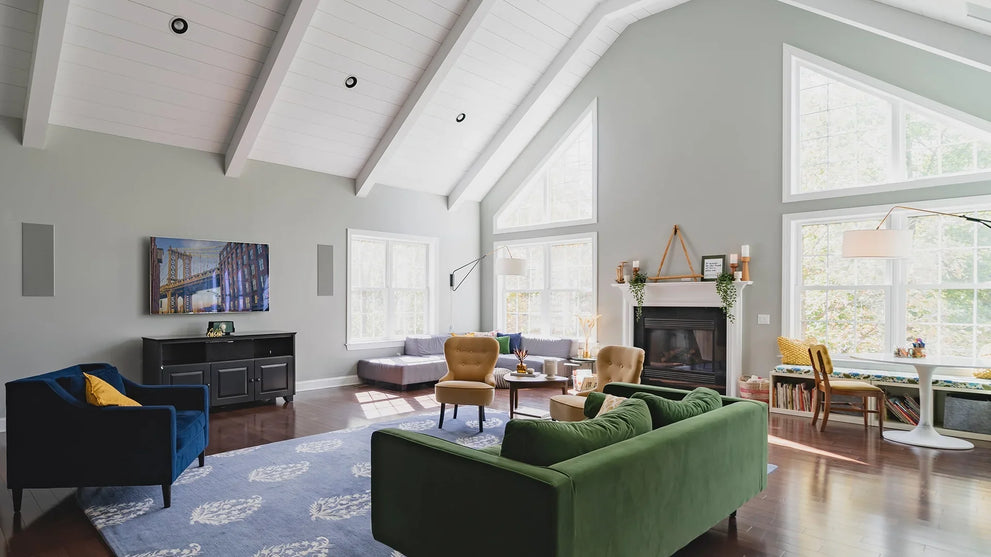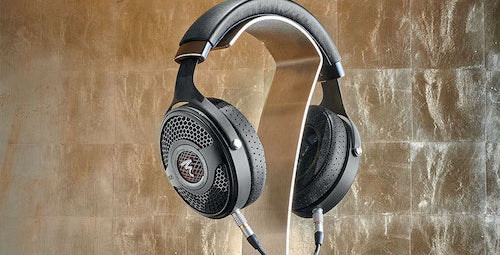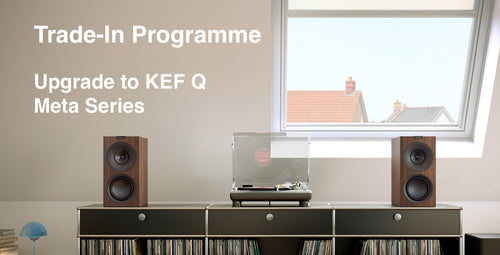Request a price match
If you've found a cheaper price elsewhere, submit a price match request using the form below, we'll do our best to match or beat it. Read more about our Price Promise guarantee here
Enquire about this product
Ultimate Digital Audio Precision
Introducing the QED Reference Optical Quartz Cable, designed for audiophiles who demand the highest standards in digital audio performance. This premium optical cable ensures an impeccable connection between your devices, providing an extraordinary audio experience with unparalleled clarity.
Exceptional Audio Clarity
The QED Reference Optical Quartz Cable delivers digital audio signals with unmatched clarity and precision. Ideal for connecting high-end audio equipment, this cable ensures minimal signal loss and maximum audio fidelity, delivering a truly immersive listening experience.
Premium Design and Materials
Constructed with the finest materials, the QED Reference Optical Quartz Cable features robust and durable construction. The precision-polished connectors and superior optical fiber ensure a secure and stable connection, enhancing the overall audio quality.
Why Choose QED Reference Optical Quartz Cable?
For audiophiles and home theater enthusiasts seeking the best in digital audio performance, the QED Reference Optical Quartz Cable is the ultimate choice. Enhance your audio system with this premium cable and experience the highest standards in sound quality.
Upgrade your audio connections today with the QED Reference Optical Quartz Cable and enjoy superior digital audio performance.

Audio & Video Installation
Listen to the music you love anywhere in your home, inside or out. Simple, easy to use solutions designed to sound beautifully!




